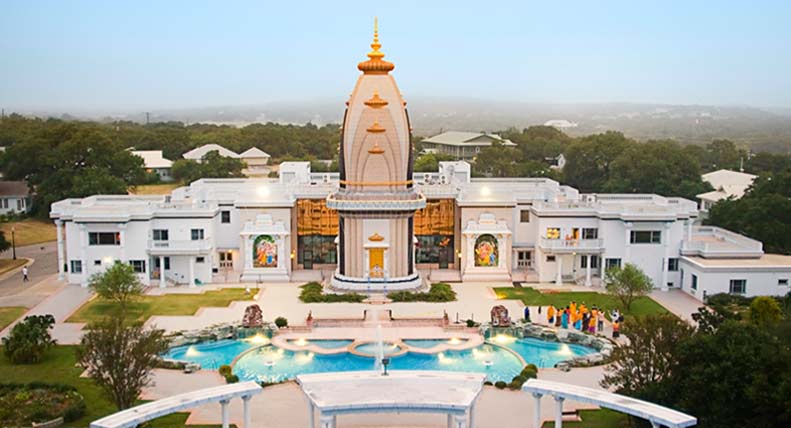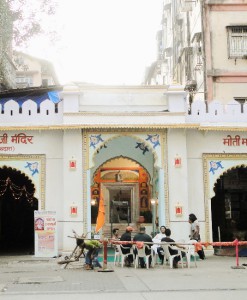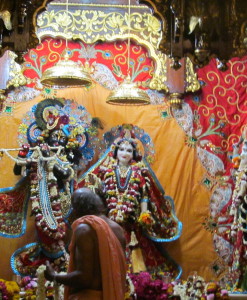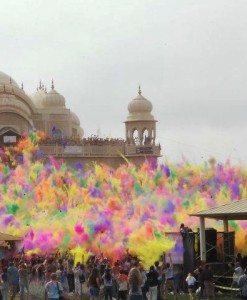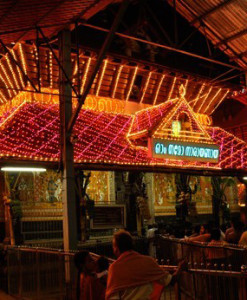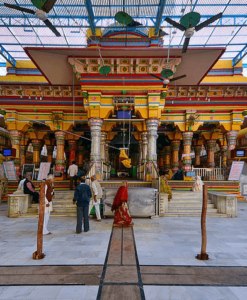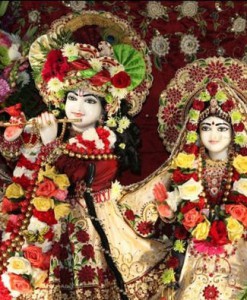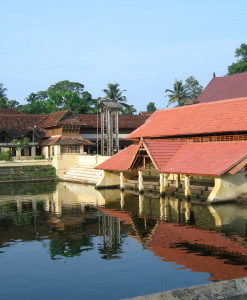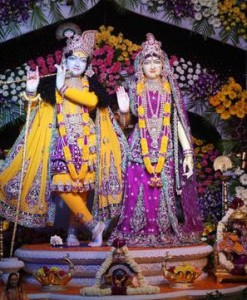No products in the cart.
Radha Madhav Dham, founded by Prakashanand Saraswati in 1990 under the name Barsana Dham (originally called International Society of Divine Love since 1975). It is a large temple and ashram complex for his guru Jagadguru Shree Kripaluji Maharaj outside of Austin, Texas, U.S. Radha Madhav Dham is a place of pilgrimage reminiscent of similar locales in India. In April 2011, JKP Barsana Dham was renamed JKP Radha Madhav Dham Radha Madhav Dham is the main US center of Jagadguru Kripalu Parishat. The ashram is led by a board of managing members, headed by board president Mr. Raj Goel. and vice president Diwakari Devi.
Radha Madhav Dham is the oldest Hindu Temple in Texas and the largest in North America – it is one of the largest Hindu Temple complexes in the Western Hemisphere. In 2013, Radha Madhav Dham was listed in Newsmax’s 13 Fascinating Cathedrals and Houses of Worship in America.
Radha Madhav Dham is a nonprofit, religious, educational, and charitable organization that follows the path of raganuga bhakti. The temple is involved in numerous charitable educational projects including JKP Education, which won the Nelson Mandela Peace Award instituted by the Economic Growth Society of India in April 2014.
Radha Madhav Dham
Radha Madhav Dham (Barsana Dham), was established in 1990, as the main US Center of the International Society of Divine Love, which was founded in the 1970s. Radha Madhav Dham was built to be a representation of the holy land of Braj in India where Radha and Krishna are believed by Hindus to have appeared, around 5,000 years ago. It has been designed as a place of pilgrimage in America. Areas of Radha Madhav Dham have been developed to be the places for meditation. Places of Braj like Govardhan, Radha Kund, Prem Sarovar, Shyam Kuti, etc. are represented in Radha Madhav Dham where a natural stream named Kalindi represents the Yamuna river of Vrindaban.
In April 2011, following the disappearance of its founder Swami Prakashanand Saraswati after his conviction on 20 charges of sexual indecency with a child at Barsana Dham, the organization changed its name. According to Austin American-Statesman, “Barsana Dham has moved aggressively on the Internet to wipe out all traces of its connection to the guru. The name of the ashram has been changed to JKP Radha Madhav Dham.”
In 2012, on the one year anniversary of the trial, Vrinda Devi, Radha Madhav Dham spokeswoman, stated that “What we’ve been trying to do since then is moving forward.” She added that, “As far as Swamiji’s presence, we’ve subdued that in order to go on and survive as a minority religious community.”
Shree Radha Rani has many names. Rajeshwari is one of her names and comes from the Upanishads. The Shree Rajeshwari Radha Rani Temple at Radha Madhav Dham is the first Hindu temple built in Austin, Texas, and one of the largest Hindu temples in the USA.] The temple encompasses about 35,000 square feet (3,300 m2) and is topped by a 90-foot (27 m)-high golden dome.
The main prayer hall of the Shree Rajeshwari Radha Rani Temple is decorated with the pictorial representations of teachings from ancient Hindu scriptures, which are captioned in both Sanskrit and English. The philosophy of the Hindu scriptures are described in a continuous panel on the sides of the hall. A realistic depiction of the sky is portrayed on the ceiling.
The temple architecture is a blend of north and south Indian, and modern styles of architecture. It was designed by two architects from India. The 90-foot (27 m) high temple dome is made of white and blue granite and gold. The tower is in the traditional shape, but it’s built out of granite, whereas most in India are sandstone. The artwork of the temple’s shrine was hand-crafted by 15 artisans from South India. The artisans carved the pillars and ceilings with images of peacocks and floral patterns. There are 84 columns and five levels in the building with covered area of 35,000 sq ft (3,300 m2). The temple was built using special construction techniques and processes that would allow it to last for more than a thousand years. A peach orchard, gardens of roses, jasmine and marigolds and wandering peacocks decorate the temple grounds.
Festivals and celebrations at the temple attract up to 8000 people. The temple and ashram complex is a center for traditional Indian cultural activities and weddings. Weekly services are held every Sunday morning from 11:00 a.m. to 12:00 p.m. followed by a community lunch. Approximately 1000 families attend Radha Madhav Dham. 96% of these are Indian, the remaining 4% being Westerners and people of Caribbean descent.
According to Rinehart (2006) and Lee & Nadeau (2011), Radha Madhav Dham is an example of how builders of Hindu Temples in the US have replicated the sacred Geography of India, providing a familiar space and experience for Hindus from India, and fostering an identification with their adopted homeland
Morning 06:30 – 10:00 | 11:00 – 12:00
Evening 04:30 – 05:30 | 07:30 – 09:00
Aarti 06:30am, 12:00pm, 07:30pm
Some of the major festivals celebrated annually include Ram Navmi, Janmashtami, Shivratri, Holi, Ganesh Chaturthi and Diwali. Marking the Hindu New Year, Diwali is one of the grandest Hindu festivals, and attracts many visitors and devotees to the mandir.
At various times throughout the year, the temple offers special weekend family retreats, mini-intensives, and weekend seva retreats. These retreats and programs include Hindi, yoga and Indian dance classes. Radha Madhav Dham has been named one of the “best places to relax, reflect, and renew”. Radha Madhav Dham also conducts tours for schools, other educational institutions and community groups. In 2007, the temple and ashram was featured in National Geographic’s “The 100 Best Vacations to Enrich Your Life”.

